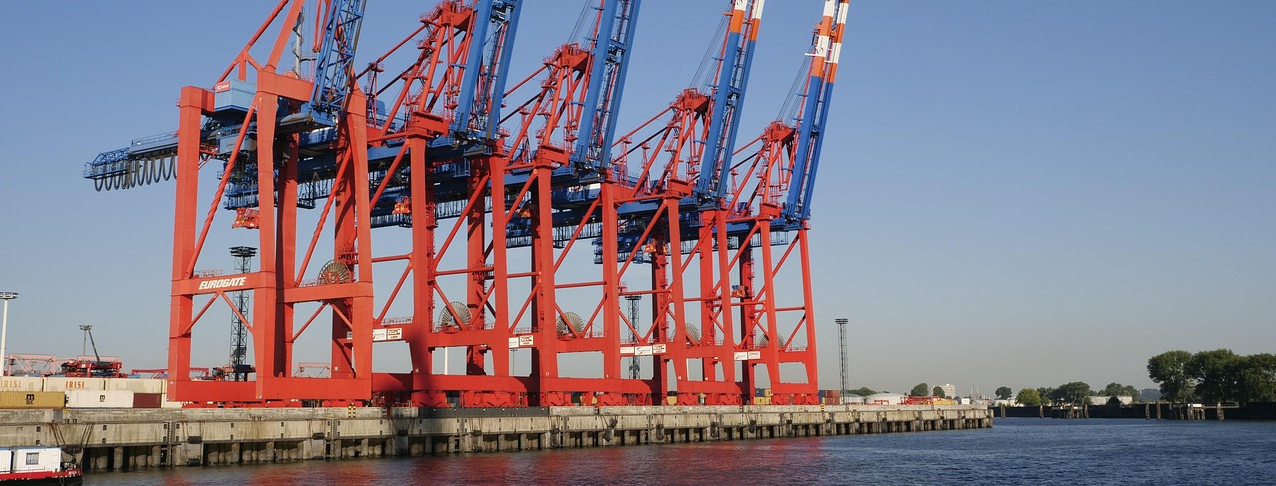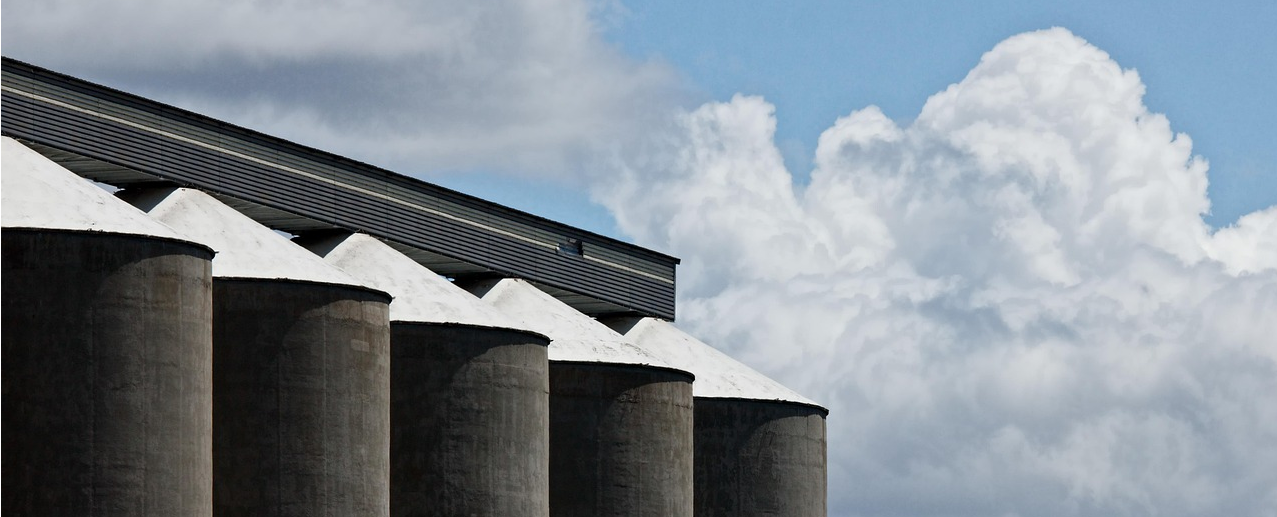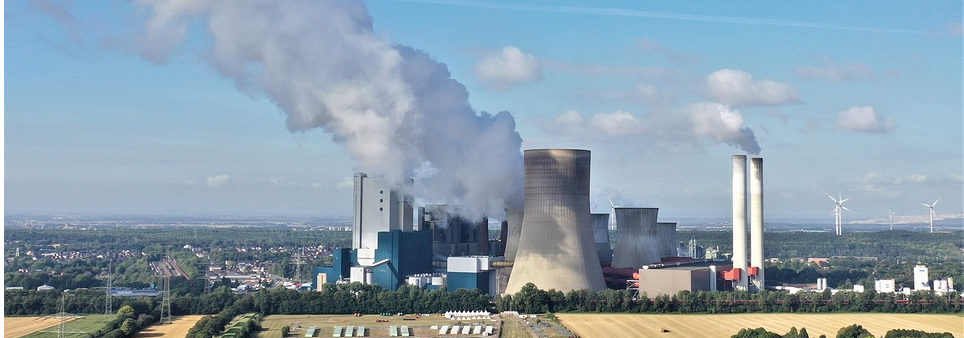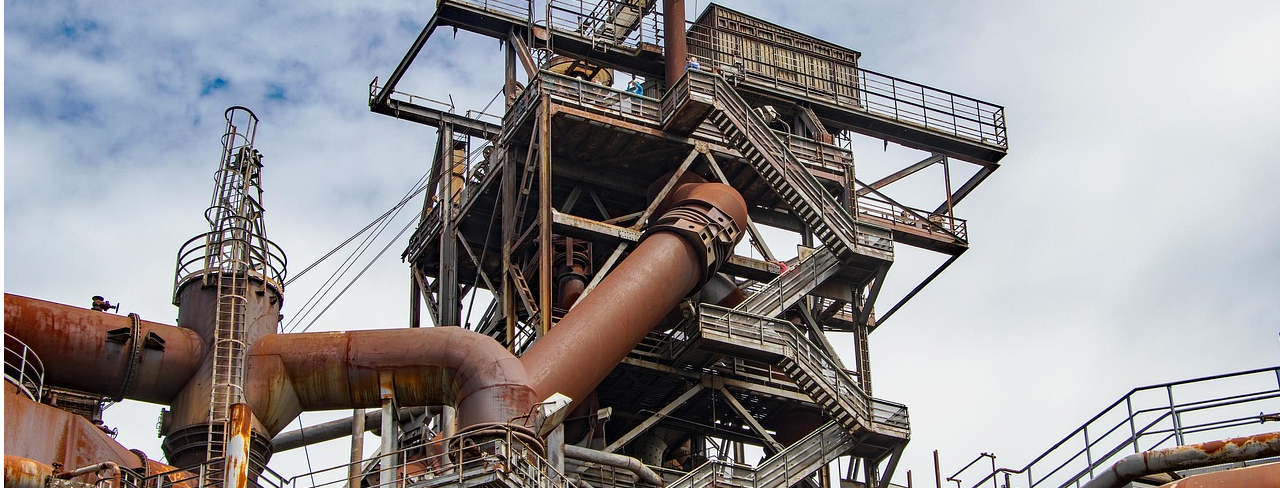
Multi-technology integration
Combining multiple technologies such as lidar, high-resolution video, data processing, and intelligent analysis, it can comprehensively monitor the running status of the conveyor belt

Precise perception
Utilize lidar and video recognition technology to accurately capture various information during belt operation.

efficient data processing
The data processing unit can quickly process the original data source collected by the sensor, including amplification, filtering, analog-to-digital conversion, etc., to eliminate interference information and provide effective data for intelligent analysis.

real-time warning
With real-time and early warning capabilities, it can be monitored continuously for 7 × 24 hours. Once an abnormality is found, it can quickly issue a sound and light alarm and push early warning information to reduce maintenance costs and ensure safe and orderly production.









